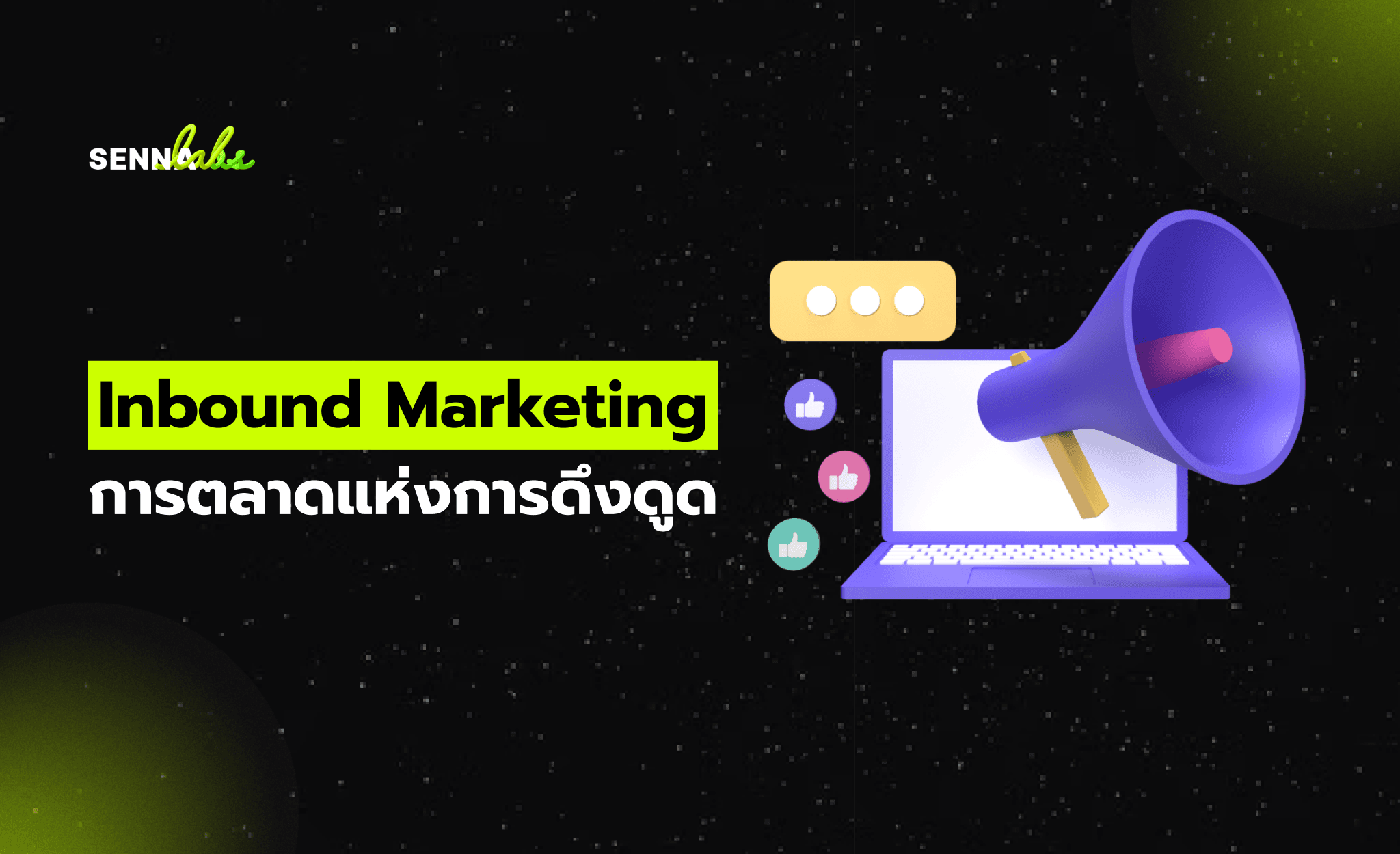How UX/UI Enhances Corporate Websites to Build Trust?
Share

In today’s digital world, a company’s website is often the first point of interaction between the brand and potential customers, clients, or partners. First impressions matter, and a well-designed website can significantly impact how a company is perceived. One of the most important factors in this perception is trust. Trust is a foundational element in driving engagement, fostering relationships, and ultimately converting visitors into loyal customers.
User experience (UX) and user interface (UI) design play a crucial role in creating trust. These design elements not only affect the aesthetics of a website but also the usability, functionality, and overall credibility of the brand. A user-friendly, intuitive, and visually appealing website can lead to improved confidence in the company and its offerings.
This article delves into how UX/UI design enhances corporate websites to build trust, exploring key aspects such as transparency, consistency, security, and clear communication. We’ll also look at how design choices influence user perceptions and improve long-term business outcomes.

Why Trust Is Crucial for Corporate Websites
1. First Impressions Matter
When a potential customer lands on a corporate website, the design and user experience set the tone for their entire interaction with the company. Websites that look outdated, are difficult to navigate, or lack clear communication signals can lead users to question the credibility of the business. Conversely, a modern, sleek, and well-organized website fosters a sense of professionalism and trustworthiness.
2. The Role of Trust in Conversions
For many businesses, conversions (whether it’s making a purchase, signing up for a newsletter, or requesting a quote) are a primary goal. If visitors don’t trust your website, they are unlikely to engage with calls to action or provide personal information. Trust is directly linked to higher conversion rates and long-term business success.
3. Trust Impacts Brand Perception
A website is often the public face of a company. Its design should reflect the company’s values, ethos, and commitment to quality. A trusted website reflects a company that is transparent, reliable, and secure, which in turn boosts overall brand perception and loyalty.
Key UX/UI Elements That Build Trust on Corporate Websites
1. Clear and Intuitive Navigation
A well-organized website is essential for easy access to important information. If users can’t find what they’re looking for quickly, they may lose trust in your site. Well-designed navigation menus, breadcrumbs, and search functions ensure users can efficiently browse through the site without frustration.
Key Elements:
-
Logical navigation structure: Group related content in categories that make sense.
-
Sticky navigation bars: Ensure easy access to navigation regardless of where users are on the page.
-
Clear labels: Use descriptive, understandable labels for menu items (e.g., "About Us" or "Services").
2. Consistent Branding and Design
Consistency in design—across the website’s colors, fonts, logo placement, and overall visual theme—instills confidence in the website’s professionalism. Inconsistent design elements can make a website feel untrustworthy or amateurish.
Key Elements:
-
Uniform color scheme: Align with the brand’s identity and create a cohesive look.
-
Typography consistency: Ensure legible and consistent font choices across the site.
-
Visual hierarchy: Create a flow in the design that guides users’ eyes to the most important content.
3. Transparent and Credible Content
Trust is built on clear, honest communication. Visitors must be able to find relevant and accurate information without confusion. A corporate website should provide information about the company’s services, values, team, and background, making it clear what the business offers and why it’s credible.
Key Elements:
-
Clear service descriptions: Use easy-to-understand language to explain what your business does.
-
About us page: Highlight the company’s history, team, mission, and values.
-
Case studies and testimonials: Showcase real-world examples of success to build credibility.
4. Trust Signals and Social Proof
Trust signals are critical for persuading users that the website and the business behind it are legitimate. Social proof, such as client testimonials, reviews, and trust badges, helps users feel confident in their decision to engage with the company.
Key Elements:
-
Customer testimonials and reviews: Showcase positive feedback from clients or customers.
-
Certifications or partnerships: Display trust badges or certifications, such as ISO, SSL, or industry-specific accreditations.
-
Social media links: Include links to active social media accounts, showing transparency and engagement with the audience.
5. Security and Privacy
In an age of data breaches and privacy concerns, a corporate website must demonstrate that it prioritizes user security. Displaying SSL certificates, privacy policies, and clear terms and conditions can help reassure visitors that their personal data will be handled safely.
Key Elements:
-
SSL encryption: Display the padlock icon and HTTPS in the browser to indicate secure browsing.
-
Privacy policy: Clearly outline how user data is collected, used, and protected.
-
Secure payment options: Offer secure methods for transactions, like PayPal or credit card encryption.
6. Fast Loading Times
Website speed is a crucial aspect of both UX and trust. Slow websites frustrate users, and many will leave before engaging with content or completing a transaction. Furthermore, Google has incorporated page speed as a ranking factor for SEO, making fast websites more visible in search results.
Key Elements:
-
Image optimization: Compress images to improve load times without losing quality.
-
Content delivery network (CDN): Use a CDN to speed up delivery to global users.
-
Minification of code: Reduce the size of CSS, JavaScript, and HTML files for faster loading.
Use Case: Enhancing Trust with UX/UI on a Healthcare Platform
The Problem
A healthcare platform offering medical consultations, resources, and patient support noticed that its online engagement was low, especially for visitors attempting to book appointments. Even though they had strong content and professional services, the website was not converting visitors into leads.
Upon further investigation, the platform realized that several aspects of the site’s UX/UI design were hindering user trust:
-
The layout was outdated and clunky, making it difficult to navigate on mobile devices.
-
Form fields were long and complicated, and users were often unsure about the safety of submitting personal health data.
-
The security features were not clearly displayed, leading to concerns about the platform’s reliability.
The Solution
The platform decided to revamp its website with a user-centered approach, focusing on trust and security. The following steps were taken:
-
Mobile Optimization:
The layout was redesigned with a mobile-first approach to ensure a seamless experience across devices. The call-to-action buttons were repositioned for easier access, and the design was simplified to reduce cognitive overload. -
Clear Communication and Design Consistency:
The content was reorganized to provide clear, easy-to-read descriptions of services, team members, and safety protocols. The site’s color scheme and fonts were updated for consistency and readability. -
Adding Trust Signals:
The website was updated to display prominent security badges, patient testimonials, and industry certifications. Additionally, social proof was incorporated into the homepage, showcasing feedback from patients and healthcare professionals. -
Simplified Forms and Secure Transactions:
Forms were simplified and optimized for mobile devices, making them easier to complete. A secure payment system was integrated, clearly showing encryption for transactions. -
Prominent Privacy Policy and Security Features:
A clear privacy policy was added to reassure users about how their personal health information would be handled. SSL encryption was enabled for secure browsing, and users were shown trust indicators (padlocks and HTTPS) when entering sensitive data.
The Outcome
After the changes were implemented:
-
Conversions improved significantly, with users now more likely to book appointments directly through the website.
-
Bounce rates decreased as visitors spent more time engaging with content and filling out forms.
-
Trust-related metrics improved, and user feedback reflected increased confidence in using the platform.
Conclusion
Trust is the cornerstone of any successful website, especially when it comes to corporate sites that need to establish credibility and professionalism. By applying sound UX/UI principles—such as intuitive navigation, fast load times, clear content, and security features—you can build trust and foster long-term relationships with users.
The healthcare platform's case demonstrates how strategic design changes that focus on user experience and trust signals can dramatically impact business outcomes. Whether you’re in e-commerce, healthcare, or professional services, prioritizing trust through excellent design will increase engagement, improve conversions, and ultimately drive business growth.

Share

Keep me postedto follow product news, latest in technology, solutions, and updates
Related articles
Explore all


